Filter by
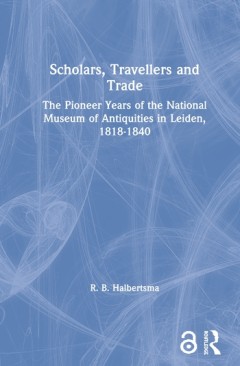
Scholars, travellers, and trade : the pioneer years of the National Museum of…
Today, the National Museum of Antiquities in Leiden is internationally known for its outstanding archaeological collections. Yet its origins lie in an insignificant assortment of artefacts used for study by Leiden University. How did this transformation come about? Ruurd Halbertsma has delved into the archives to show that the appointment of Caspar Reuvens as Professor of Archaeology in 1818 wa…
- Edition
- -
- ISBN/ISSN
- 9780203634547
- Collation
- xiv, 182p. : ill.
- Series Title
- -
- Call Number
- 069.09492 HAL s
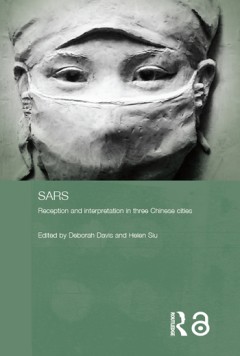
SARS : reception and interpretations in three Chinese cities
SARS (Acute Respiratory Syndrome) first presented itself to the global medical community as a case of atypical pneumonia in one small Chinese village in November 2002. Three months later the mysterious illness rapidly spread and appeared in Vietnam, Hong Kong, Toronto and then Singapore. The high fatality rate and sheer speed at which this disease spread prompted the World Health Organization t…
- Edition
- -
- ISBN/ISSN
- 9780203967690
- Collation
- xi, 180p. : ill.
- Series Title
- -
- Call Number
- 362.196200951 SAR s
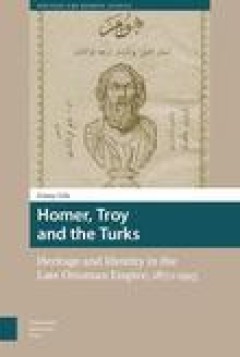
Homer, Troy and the Turks: heritage and identity in the Late Ottoman Empire 1…
Homer's stories of Troy are part of the foundations of Western culture. What's less well known is that they also inspired Ottoman-Turkish cultural traditions. Yet even with all the historical and archaeological research into Homer and Troy, most scholars today rely heavily on Western sources, giving Ottoman work in the field short shrift. This book helps right that balance, exploring Ottoman-Tu…
- Edition
- -
- ISBN/ISSN
- 9789462982697
- Collation
- 219 pages : illustrations ; 24 cm.
- Series Title
- Heritage and memory studies ; 4
- Call Number
- 949.6 USL h

High-tech trash: glitch, noise, and aesthetic failure
High-Tech Trash: Glitch, Noise, and Aesthetic Failure maps an archaeology of failure in a culture seemingly ill-equipped to deal with it. To better understand failure, Kane argues, we must abstract from our subjective, personal disappointments and see them as meaningful symbols of a broader human struggle. By connecting twenty-first century digital aesthetics to critical issues in the history o…
- Edition
- -
- ISBN/ISSN
- 9780520974494
- Collation
- 253p.: ill.
- Series Title
- Rhetoric and public culture: history, theory, critique; 1
- Call Number
- 700.105 KAN h
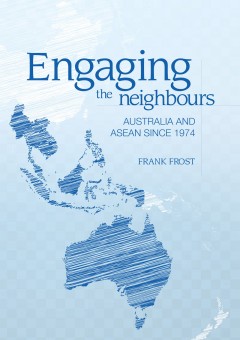
Engaging the neighbours : Australia and ASEAN since 1974
From modest beginnings in 1967, the Association of Southeast Asian Nations (ASEAN) has become the premier regional institution in Southeast Asia. The 10 members are pursuing cooperation to develop the ‘ASEAN Community’ and also sponsor wider dialogues that involve the major powers. Australia has been interested in ASEAN since its inauguration and was the first country to establish a multila…
- Edition
- -
- ISBN/ISSN
- 9781760460181
- Collation
- xiv, 258p. : ill.
- Series Title
- -
- Call Number
- 327.94059 FRO e
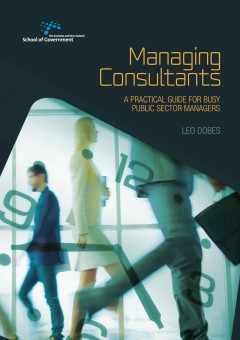
Managing consultants : a practical guide for busy public sector managers
Public service cutbacks have increased reliance on consultants. But new legislation and rules governing the procurement of services from consultants are scattered over different legislative instruments. The first edition of this book attracted a record number of online hits. Busy public sector managers now have available to them an updated version that integrates an easy-to-follow, step-by-step…
- Edition
- -
- ISBN/ISSN
- 9781760460471
- Collation
- xvi, 100p. : ill.
- Series Title
- -
- Call Number
- 352.3730994 DOB m
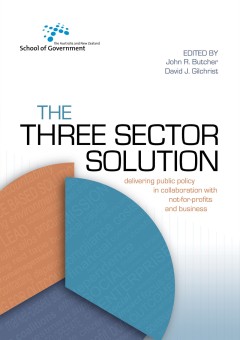
The three sector solution : delivering public policy in collaboration with no…
This collection of essays had its origins in a one-day workshop held in August 2015 at The Australian National University. Jointly convened by Dr John Butcher (ANZSOG) and Professor David Gilchrist (Curtin Not-for-profit Initiative) the purpose of the workshop was to bring together academic researchers, policy practitioners and thought leaders to address a variety of emerging issues facing poli…
- Edition
- -
- ISBN/ISSN
- 9781760460396
- Collation
- xxxi, 374p. : ill.
- Series Title
- -
- Call Number
- 361.763 THR t
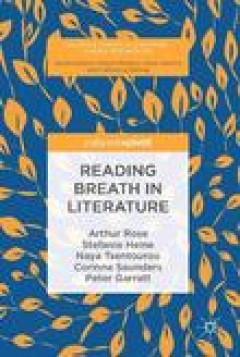
Reading Breath in Literature
This open access book presents five different approaches to reading breath in literature, in response to texts from a range of historical, geographical and cultural environments. Breath, for all its ubiquity in literary texts, has received little attention as a transhistorical literary device. Drawing together scholars of Medieval Romance, Early Modern Drama, Fin de Siècle Aesthetics, American…
- Edition
- -
- ISBN/ISSN
- 9783319999487
- Collation
- X, 134 p.
- Series Title
- Palgrave Studies in Literature, Science and Medicine
- Call Number
- 809.3 REA r

Learning from agri-environment schemes in Australia : investing in biodiversi…
Learning from agri-environment schemes in Australia is a book about the birds and the beef — more specifically it is about the billions of dollars that governments pay farmers around the world each year to protect and restore biodiversity. After more than two decades of these schemes in Australia, what have we learnt? Are we getting the most out of these investments, and how should we do thin…
- Edition
- -
- ISBN/ISSN
- 9781760460167
- Collation
- xxvii, 310p. : ill.
- Series Title
- -
- Call Number
- 333.95160994 LEA l
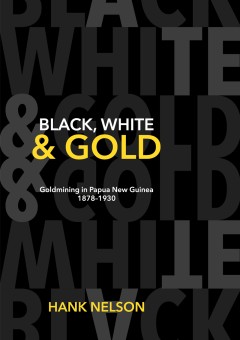
Black, white and gold : gold mining in Papua New Guinea, 1878-1930
Australian goldminers were among the first white men to have sustained contact with Papua New Guineans. Some Papua New Guineans welcomed them, worked for them, traded with them and learnt their skills and soon were mining on their own account. Others met them with hostility, either by direct confrontation or by stealthy ambush. Many of the indigenous people and some miners were killed. The min…
- Edition
- -
- ISBN/ISSN
- 9781921934346
- Collation
- xx, 298p. : ill.
- Series Title
- -
- Call Number
- 622.3420995 NEL b
 Computer Science, Information & General Works
Computer Science, Information & General Works  Philosophy & Psychology
Philosophy & Psychology  Religion
Religion  Social Sciences
Social Sciences  Language
Language  Pure Science
Pure Science  Applied Sciences
Applied Sciences  Art & Recreation
Art & Recreation  Literature
Literature  History & Geography
History & Geography